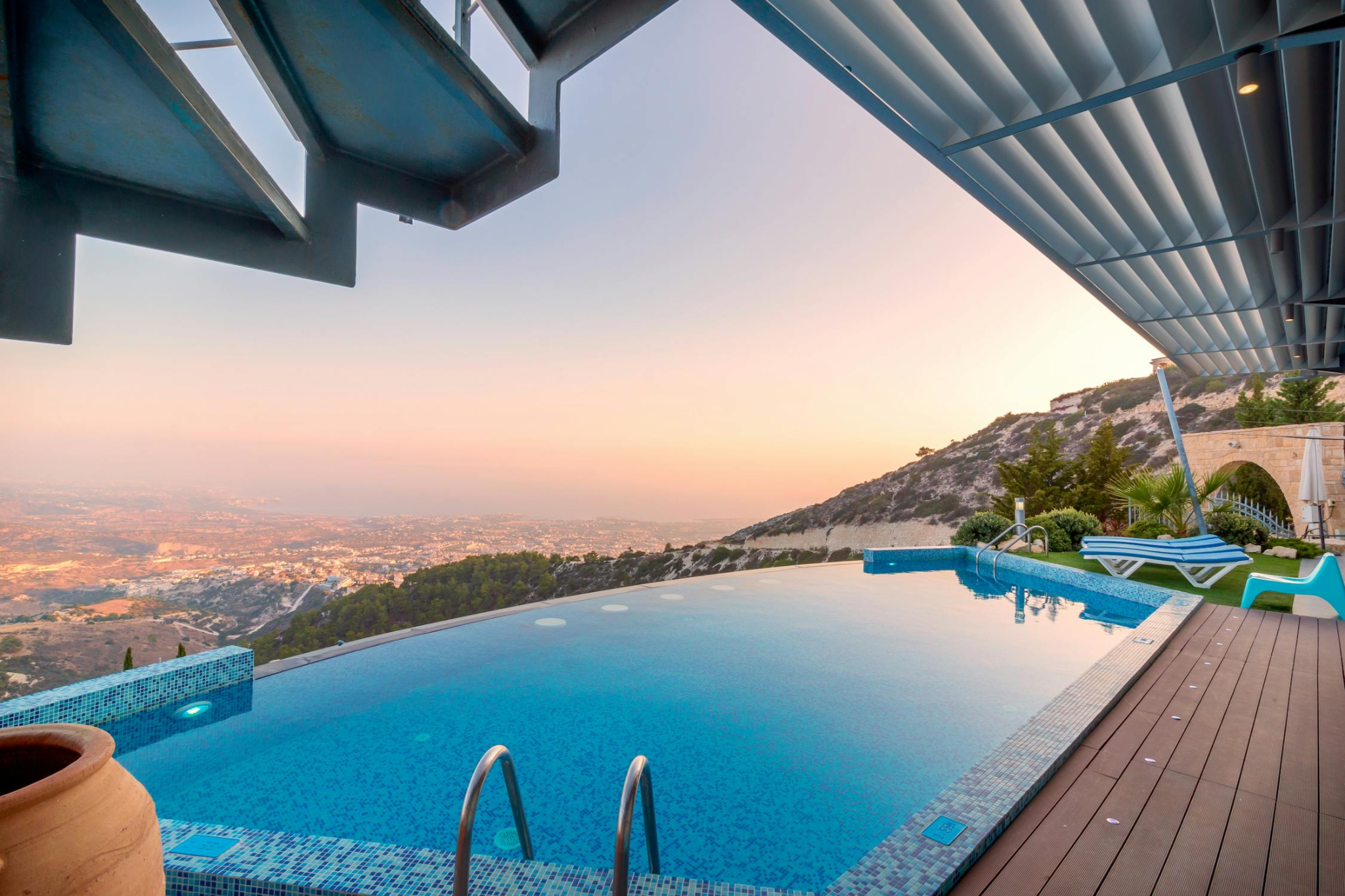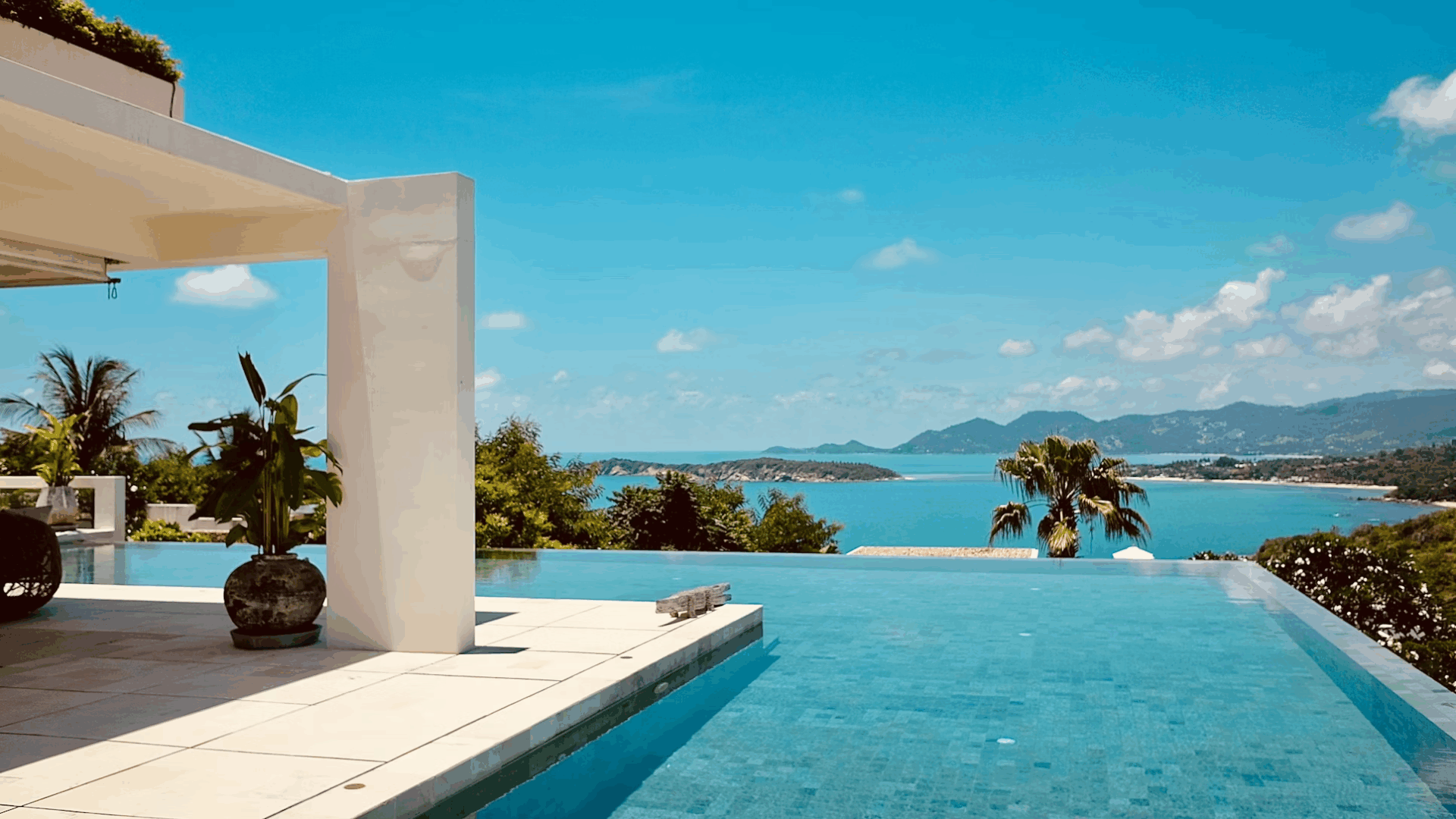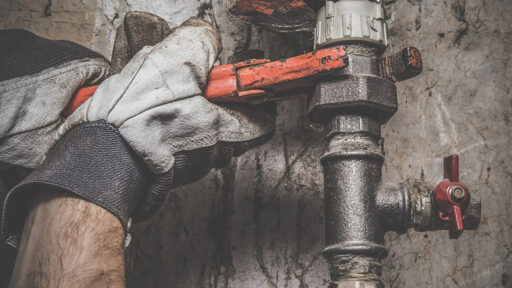While both pools and swim spas offer aquatic recreation and exercise options, they differ in several key areas, including size, functionality, cost, and maintenance. Choosing between the two depends on your space, usage preferences, and budget. Identifying the key differences makes it easier to select the right fit for your home and daily routine.
Size and Space Requirements
One of the most notable contrasts in the pool vs swim spa comparison is size. Traditional pools occupy considerably more space, typically measuring 10 to 40 feet in length, and are usually located outdoors. They dominate the backyard and may affect how the rest of the space is utilized.
Swim spas are significantly more compact, generally ranging in length from 12 to 19 feet. Their space-efficient size makes them perfect for tighter areas, whether outdoors or inside. For homeowners in urban or limited-space environments, a swim spa can provide aquatic benefits without overwhelming the property.
Installation and Setup Process

Pools typically require extensive groundwork, including excavation, plumbing, and finishing work, which can stretch over several weeks or months. Permits and inspections are typically required, which makes the process longer and more complex.
By contrast, swim spas are self-contained units. Once a concrete base and necessary electrical connections are prepared, installation is relatively quick. This plug-and-play nature makes swim spas attractive to those wanting a simpler setup with less disruption.
Suppose you’re planning a backyard transformation and want professional input. In that case, Precision Landscaping can help integrate either feature seamlessly into your landscape design, ensuring it complements your outdoor living space while optimizing functionality and aesthetics.
Heating and Temperature Control
Temperature regulation is another area where pools and swim spas differ. Traditional pools often rely on external heating systems, such as gas heaters or solar panels, to maintain their temperature. Due to the larger volume of water, heating a pool can be energy-intensive, resulting in higher utility bills.
Swim spas are designed to operate at various temperatures and often feature built-in heating systems. Because they contain less water, heating is quicker and more energy-efficient. Additionally, many swim spas have zoned temperature controls, allowing users to keep the swim side cooler for exercise and the spa side warmer for relaxation.
Exercise and Fitness Features
Pools provide an open environment for swimming laps, aquatic fitness routines, and water sports. However, the space needed for continuous lap swimming requires a longer pool, which may not be feasible in smaller yards.
Swim spas address this limitation with built-in current systems that create a continuous stream of water, enabling users to swim in place. This makes them ideal for resistance training, low-impact workouts, and rehabilitation. Some models also include additional fitness features such as rowing kits, resistance bands, and underwater treadmills, offering a more versatile exercise experience within a limited space.
Relaxation and Hydrotherapy Options
While some pools may feature water jets or integrated spa sections, they are not typically designed for hydrotherapy purposes. Pools serve more as recreation or exercise zones, with limited features for relaxation.
Swim spas often incorporate therapeutic seating areas with massaging jets, targeting muscle tension and joint pain. The ability to combine hydrotherapy with exercise in a single unit is one of the main advantages of a swim spa. This dual-functionality appeals to individuals seeking both wellness and fitness benefits.
Maintenance and Upkeep Demands
Maintaining a traditional pool requires regular cleaning, chemical balancing, filter replacement, and the removal of debris. The increased water volume in pools necessitates more frequent chemical treatment to maintain cleanliness and safety. Pool maintenance can be time-consuming and may require the services of a professional.
Swim spas, due to their smaller water capacity and enclosed systems, are easier and less costly to maintain. Many models feature built-in filtration and water purification systems, simplifying upkeep. Fewer chemicals and less frequent maintenance tasks make swim spas a more convenient option for homeowners seeking a lower-maintenance solution.
Installation and Operating Costs
Budget constraints frequently influence whether homeowners opt for a pool or a swim spa. In-ground pools can cost anywhere from $30,000 to $100,000 or more, depending on factors such as size, design, materials, and location. Ongoing expenses include maintenance, repairs, insurance, and heating.
Swim spas typically range between $15,000 and $40,000, with operating costs often lower than those of pools. Their compact size, efficient heating systems, and reduced maintenance requirements contribute to overall savings in both upfront and long-term costs; for those seeking aquatic functionality without the high price tag, a swim spa offers a more economical solution.
Long-Term Property Impact
Installing a traditional pool can significantly impact a property’s layout and may increase its value in certain markets. However, pools may also deter potential buyers concerned about maintenance costs or safety, especially families with young children.
Swim spas are typically easier to remove or relocate if necessary, and their installation is less disruptive to landscaping or hardscaping. For homeowners who prioritize flexibility or are concerned about long-term commitments, swim spas offer a more flexible alternative.
On A Final Note
The decision to install a pool or a swim spa hinges on factors such as available space, financial considerations, how you plan to use it, and upkeep requirements. Pools are ideal for those with the room and desire for a traditional swimming experience and larger social gatherings. Swim spas, on the other hand, offer a compact, multi-functional solution that combines fitness, hydrotherapy, and relaxation with greater convenience. These insights help guide you toward a more suitable choice that aligns with your lifestyle and values.








